It’s that time of year again. Colorado’s ski resorts are back and open for business to try and top an epic last season that featured heavy snowfall. Those of us eager to hit the slopes didn’t have long to wait during a shortened off-season, with resorts only closing after Memorial Day and reopening in early October.
Welcome to Point Me to the Plane’s newest series on ski resorts. In it, we’ll explore how to get to the resorts, where to stay when there, and how to maximize in terms of points and miles so that you can truly enjoy your après activities.
In this first of the series, we’ll explore how to save dollars (and miles) to get to Colorado’s famous ski resorts—using planes, trains and automobiles.
Breaking It Down:
Flying To Colorado Ski Resorts
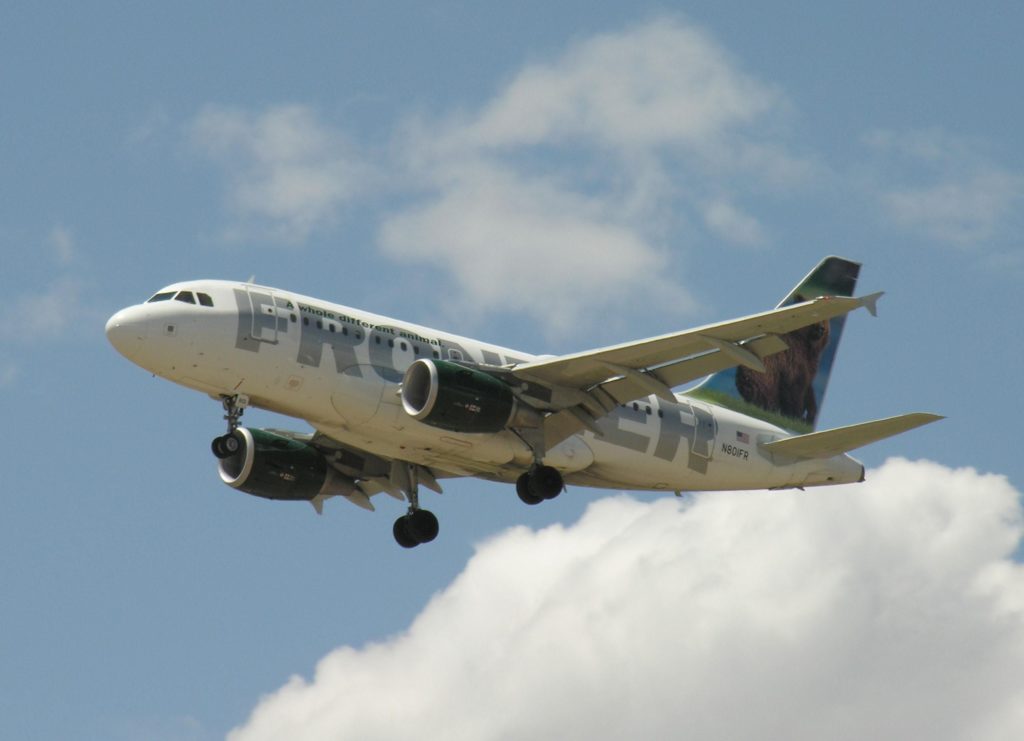
Flying To Denver
Chances are that if you’re coming to Colorado to visit the mountains along the I-70 corridor, you’re going to be flying into Denver International Airport (DEN).
While we can chat about the various conspiracy theories that surround the airport—from lizard people to Illuminati—let’s explore how to get to the biggest airport in the country
As a major regional hub for both United and Southwest (as well as home airport of low-cost carrier Frontier), you won’t have any difficulties getting here from pretty much any corner of the U.S.
Where you’re coming from will greatly impact your choice of airline. However, if you’re coming to ski, you’ll have lots of equipment to bring with you.
Skip The Checked Bag Fees
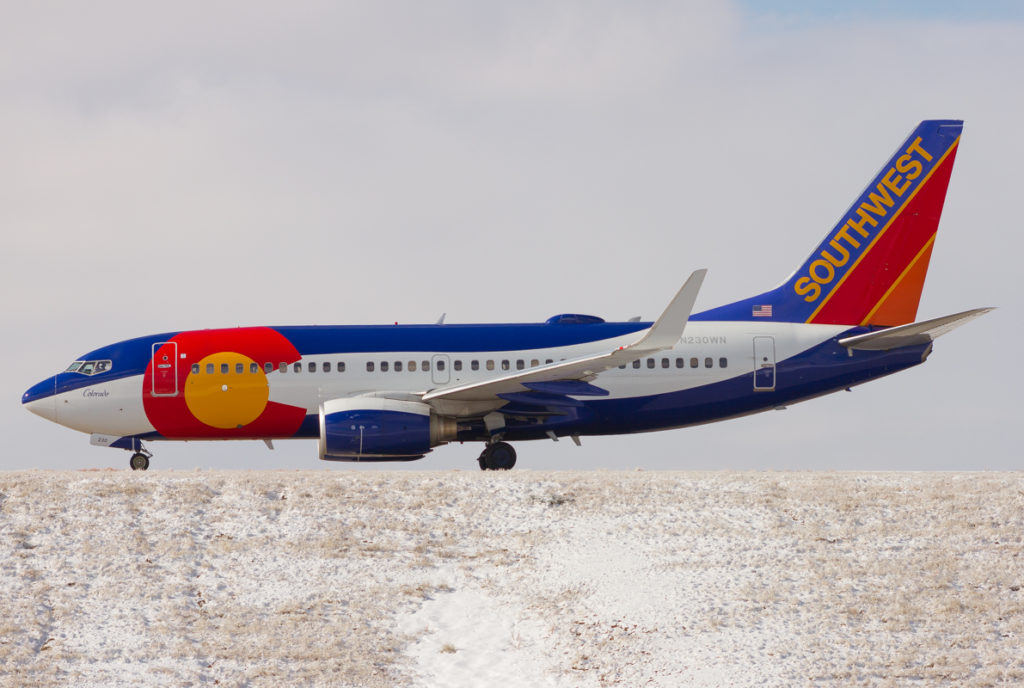
Image courtesy of Devan Mayer
As always, Southwest gives you two free checked bags which makes it, in my opinion, the best choice for flying into Denver (DEN) with ski equipment. If you’ve earned Southwest’s Companion Pass, it’s even cheaper for you and your companion to get to the slopes.
If flying United, you can avoid checked baggage fees with Chase’s United Explorer Card (first bag free for you and a companion on the same itinerary when purchased with the card) or the United Club Card (first and second bags free for you and a companion when purchased with the card).
One thing to keep in mind is that Southwest, Delta, American, United and Frontier will let you check a ski bag and a boot bag—and it will only count as one checked item if under a certain weight (varies by airline). This can come in handy as you can also stuff clothing in with your skis or boots if you’re tight on space in your other suitcase.
Having said that, I recommend carrying your boots with you in your carry-on. There’s nothing worse than having to call your day short because the airline lost your bag and you had to rent uncomfortable boots.
Coming from abroad, there are numerous direct flights from Europe, Asia and Central America on Star Alliance, SkyTeam, and oneworld partners which are all bookable using points. Check out the full list of Denver’s direct flights.
Flying Elsewhere In Colorado
If heading to some of Colorado’s further afield ski resorts, there is still the option to fly. Vail and Beaver Creek’s easiest access is from Eagle County Regional Airport (EGE), serviced by United from Denver (DEN) and Dallas Fort Worth by American (DFW).
The Aspen resorts are serviced by Aspen/Pitkin County Airport (ASE) from Denver (DEN), Chicago (ORD), Houston (IAH), San Francisco (SFO) and Los Angeles (LAX) on United; Dallas Fort Worth (DFW) on American and Salt Lake City (SCL) on Delta.
There’s easy access to Steamboat Springs through Steamboat/Yampa Valley Regional Airport (HDN) on all major airlines from pretty much any major hub in the U.S. Alaska, American, Delta, JetBlue and United Airlines all fly to the airport located about 25 miles west of the town and resort. All told, there are direct flights from Seattle (SEA), San Diego (SAN), Dallas/Fort Worth, Atlanta (DFW), Minneapolis (MSP), Boston (BOS), Fort Lauderdale (FLL), Houston (IAH), Newark (EWR), Chicago (ORD), Los Angeles (LAX), San Francisco (SFO) Washington D.C. (IAD) and Denver. With all of these direct flights from all around the country, this also makes a great choice for those connecting from international cities of origin
Finally, there are a number of regional airports in the south, including both Telluride (TEX) and Gunnison-Crested Butte (GUC) that are serviced by United Express through Denver (DEN), however service is limited, generally very expensive and have next to no award availability. Your best bet is to fly to Denver and rent a car if visiting any of the resorts in southwest Colorado.
Renting A Car To Get To Colorado Ski Resorts
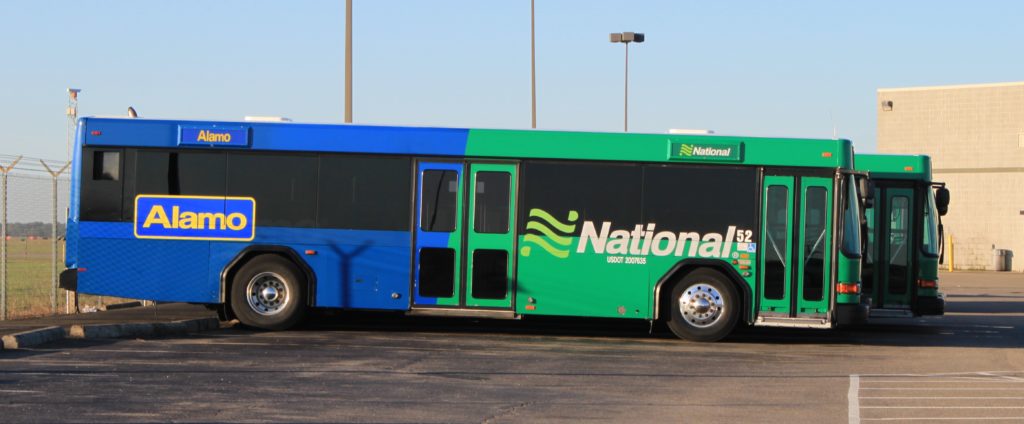
Image courtesy of Dwight Burdette
When traveling to the mountains, you’ll need an SUV with four-wheel-drive. I cannot stress this enough: you need a car with all-terrain capabilities.
I-70 is a beautiful drive, but conditions can change on a dime. The Colorado Department of Transportation (C-DOT) frequently closes the highway in inclement weather and beginning this year, C-DOT has changed its Passenger Vehicle Traction Laws. That means that all cars going up to the mountains between September and May are required to be four-wheel drive—or in the case of two-wheel drives, have tires with mud/snow designation or chains
All major rental companies are well represented at Denver International (DEN), however our favorite is for ski vacations is National. Thanks to National’s Emerald Club Executive status (available as a perk from the Chase Sapphire Reserve and American Express Platinum Card), you can reserve a mid-size and pick any car—full sized and above—from the Emerald Aisle Executive Section. You’ll also get a free additional driver.
Generally, the companies are well-stocked, however if traveling on a holiday weekend you may want to reserve a specific class to ensure that you get what you need.
When coming back from the mountains on a weekend evening, make sure that you leave plenty of time. Colorado is notoriously overcrowded these days, and traffic can turn a simple hour and half drive into a grueling 3-to-4-hour endurance and patience test filled with accidents, traffic and the occasional rockslide.
How To Take Public Transport To Colorado Ski Resorts

Image courtesy of Amtrak
Hurry up Elon Musk, and build your hyperloop! While Colorado was once thought to be the first test-location for the futuristic mode of travel, enthusiasm for the project has since cooled. Although the mountains aren’t exactly on Denver’s doorstep, you don’t need a car to get to them.
How To Take The Train To Winter Park
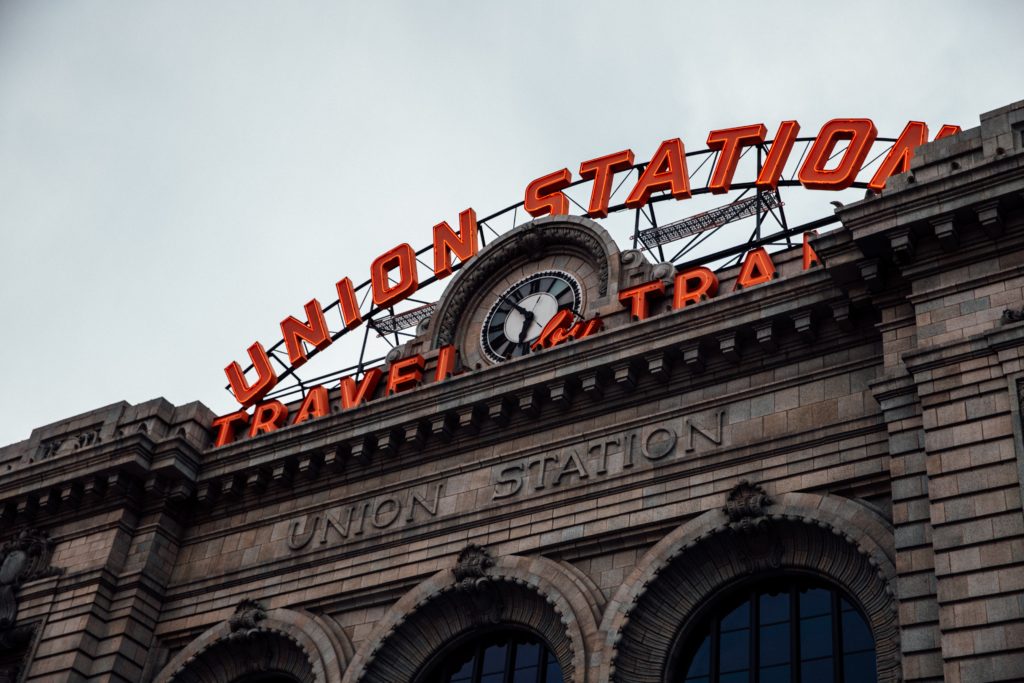
If you’re going to Winter Park which is on the Ikon pass, you can actually take the train from Denver International Airport via downtown’s Union Station.
The A Line from the airport to downtown is operated by the Regional Transportation District (RTD). Tickets cost $10.50 each way and the ride takes 35-40 minutes. Even if only visiting Denver and not continuing to the ski resorts, this is a great way to connect with downtown. Make sure to use a card that give you a bonus on travel, like the Chase Sapphire Reserve, which would earn 3x Chase Ultimate Rewards points.
Once at Denver’s Union Station, you can hop on Amtrak’s Winter Park Express, which runs Fridays, Saturdays and Sundays, once daily, to and from the mountain. If heading up, you’ll depart at 7am and when you come back you’ll leave at 4:30pm. The trip is 2 hours each way and prices range from $29 to $59 each way. While there is the option to search for points on the Amtrak website, all the dates that I tried turned up an error message. I’ve reached out to Amtrak to find out if it’s possible to book using points.
One thing to note is that if coming from the airport you’ll likely need to stay the night in Denver due to the early departure for Winter Park.
Taking A Bus To Colorado Ski Resorts
More specifically, take the “Bustang.” This incredibly named bus is operated by the Colorado Department of Transportation (C-DOT) and follows the I-70 corridor. Buses depart from Denver Bus Center and stop at Denver Union Station, Denver Federal Center, Idaho Springs, Frisco, Vail, Eagle, Glenwood Springs, Rifle, Parachute and Grand Junction, respectively. The buses are also equipped with WiFi, have USB and power outlets and restrooms. The schedules vary.
Also new this year is the Snowstang, which will run Saturdays, Sundays and on MLK and President’s Day weekends. The service will go to Arapahoe Basin, Loveland Ski Area and Steamboat Springs. Prices for A-Basin and Loveland are $25 for an adult and to Steamboat the price will be $40 each way. The bus will have all of the amenities available on the regular Bustang.
Take A Shuttle Bus To Ski Resorts
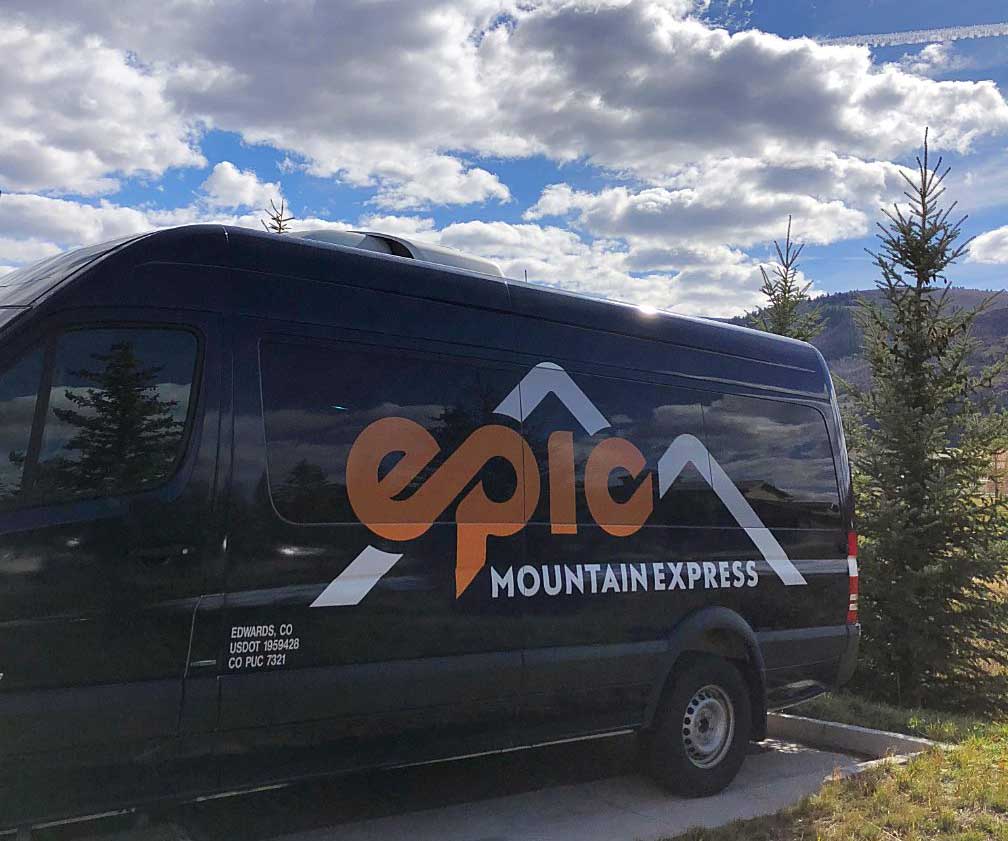
Image courtesy of Epic Mountain Express
This one isn’t exactly public transport, but it is the sharing economy. There are any number of shuttles that will take you from point A (the airport) to point B (usually your hotel doorstep). Options include the InterMountain Express, The Epic Mountain Express, Peak 1 Express and a number of other charter options.
If you’re only a couple of people and staying nearby a resort village or have ski in/ski out accommodations, this might be a good option as you won’t need wheels during your stay.
When booking, make sure to use a card that either offers travel as a bonus category or you one with which you can erase travel purchases, like the Capital One Venture.
The Upshot
The mountains are calling this winter. Will you answer? If so, there’s no shortage of ways for getting to Colorado ski resorts and to the beautiful mountains that make the state famous. Stay tuned as we write guides to the mountain towns—where to stay eat and drink. Maybe, we’ll even see you on the slopes.
The responses below are not provided or commissioned by the bank advertiser. Responses have not been reviewed, approved or otherwise endorsed by the bank advertiser. It is not the bank advertiser's responsibility to ensure all posts and/or questions are answered.
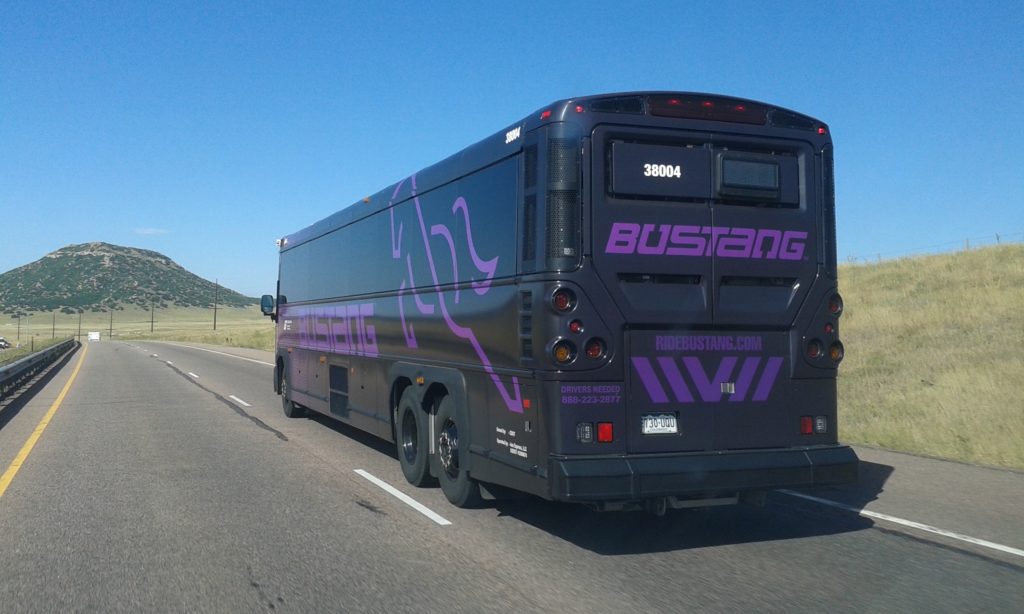
2 comments
You totally forgot to talk about robust air program into one of Colorado’s biggest and best ski resorts: Steamboat! What’s up with that?
> in the case of two-wheel drives, have tires with mud/snow designation or chains
This is true. But also true is that every all-season tire in USA has M+S designation, so people don’t need to overly worry about this change.